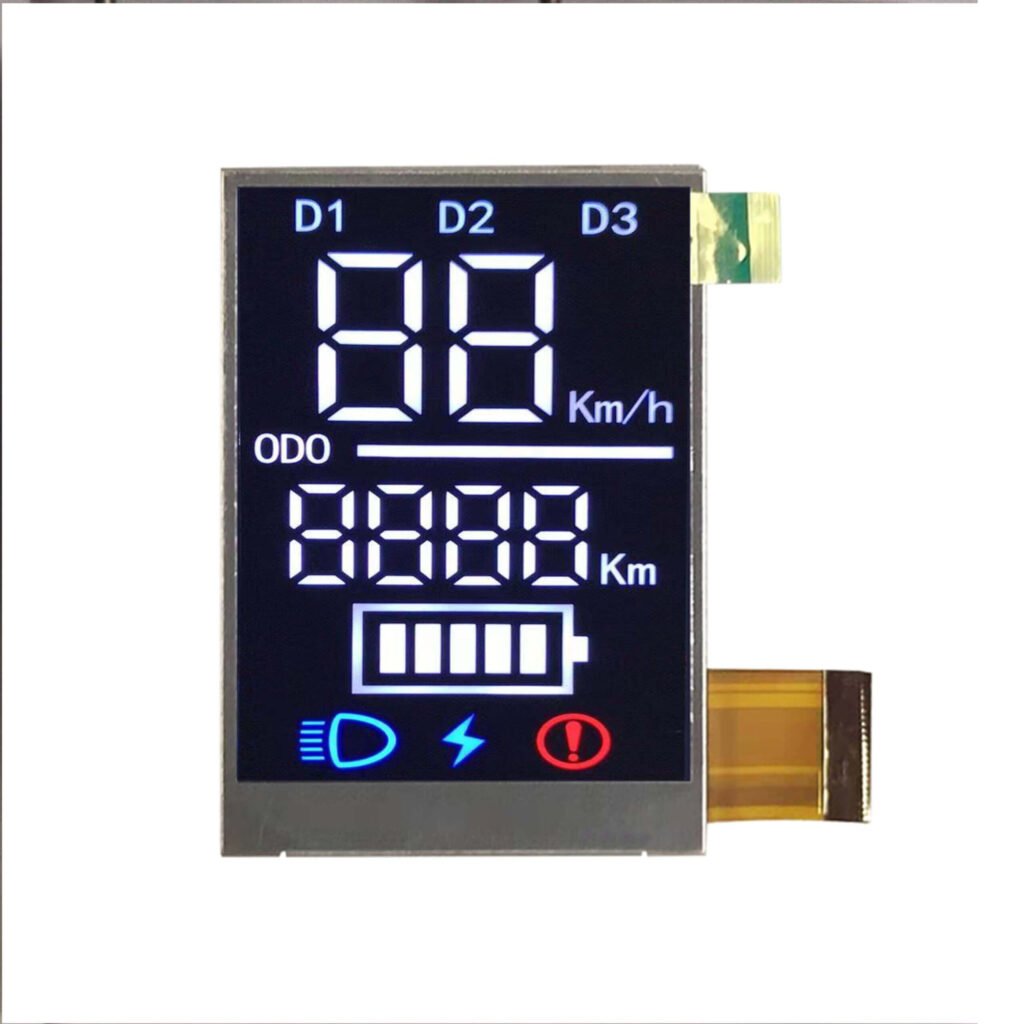TouchscreenDesign Solution
A touchscreen or touch screen is the assembly of both an input (touch panel) and output (display) device. The touch panel is normally layered on the top of an electronic visual display of an electronic device.
A user can give input or control the information processing system through simple or multi-touch gestures by touching the screen with a special stylus or one or more fingers.[1] Some touchscreens use ordinary or specially coated gloves to work, while others may only work using a special stylus or pen. The user can use the touchscreen to react to what is displayed and, if the software allows, to control how it is displayed; for example, zooming to increase the text size.
Touchscreens are common in devices such as smartphones, handheld game consoles, personal computers, electronic voting machines, automated teller machines and point-of-sale (POS) systems. They can also be attached to computers or, as terminals, to networks. They play a prominent role in the design of digital appliances such as personal digital assistants (PDAs) and some e-readers. Touchscreens are also important in educational settings such as classrooms or on college campuses.
The popularity of smartphones, tablets, and many types of information appliances is driving the demand and acceptance of common touchscreens for portable and functional electronics. Touchscreens are found in the medical field, heavy industry, automated teller machines (ATMs), and kiosks such as museum displays or room automation, where keyboard and mouse systems do not allow a suitably intuitive, rapid, or accurate interaction by the user with the display’s content.(Wiki)
GL is a provider of on-demand manufacturing services in China. We specialize in TFT LCD/ AMOLED display and Touchscreen Customization.


























